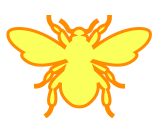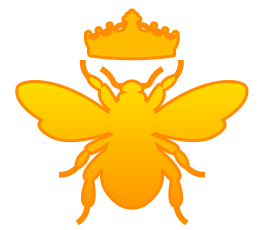Time to get your Spelling Bee Hat on
and challenge yourself to take part in…..
The Methlick School Spelling Bee!

These are the levels you can move up through –
10 words for each level!
A maximum score of 50
Anyone can have a go!
Score Sheet – click to open a PDF to download and mark your score on
The sheets we have been using to learn about the ‘ee’ sound are attached below, just incase you want to ‘brush up’ your skills before you start!
Dandelion Level
Bee Level
Honey Level
Long vowel ee sound at the end y or ey
Hive Level
We have been learning about the parts of the bee by listening to the Campbell Family, reading for information about bees and to label diagrams with Mr Mutch. By doing this you have been learning to sound out and read and write these words. This level will ask you to spell some of the bee’s body parts.
Queen Bee Gold Level
The parts of any living thing can be called it’s anatomy. Find out more information about the anatomy of a bee on this site. This level will ask you to spell some of these specialist words. Remember your spelling strategies.
- Break the words into syllables.
- Look for smaller words within the big words.

















